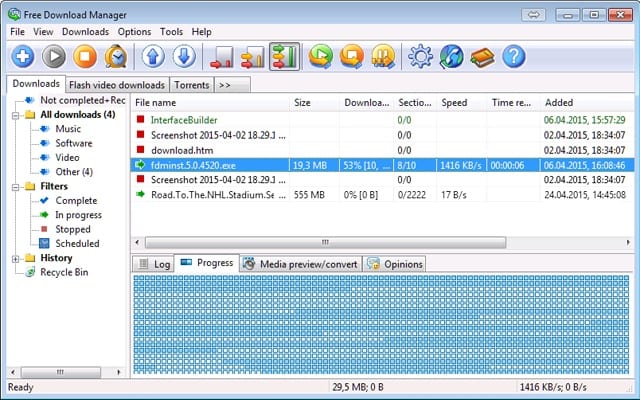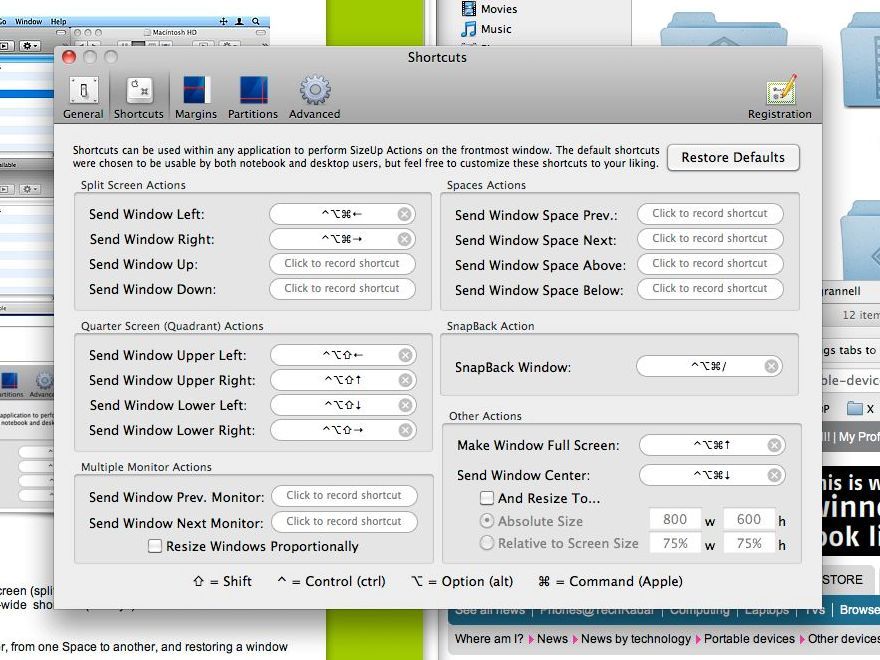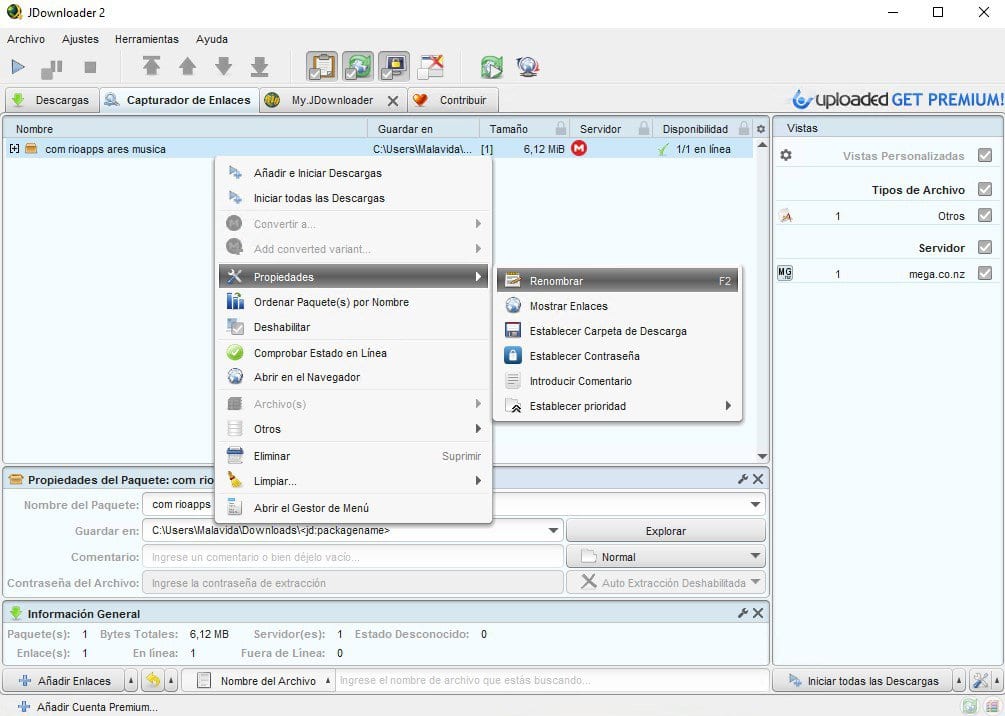MacOS’ Mission Control and full-screen mode are great for swiping quickly between apps and keeping your workspace organised. But what if you want to work in a different way? What if you want multiple windows open on one screen, but in a way that’s neat and tidy and allows you to move from one to the other easily?
Expand your Mac, literally
My pair of 24' 1920 x 1080 monitors were behaving very oddly with my Mac mini - icons and windows all over the place. Anyway, I downloaded SwitchResX and it sorted everything out perfectly. D., Norwich (UK). For Window Manager on macOS, actually High Sierra offers this feature, but many people don’t use it much. I have experienced with some window managers on my Mac: Magnet. (price $0.99 on Mac App Store) - very easy to use and really handy to manage windows on Mac. Divvy ($13.99) - A neck-to-neck window manager as magnet. TileWindows 1.3 for Mac can be downloaded from our website for free. Our built-in antivirus scanned this Mac download and rated it as 100% safe. The most popular version among the application users is 1.3. This software for Mac OS X is a product of Carsten Mielke. This program can be installed on Mac OS X.
With Setapp, you get 200+ tools for windows management and focused work on Mac. Bring extra space into your workspace.
That’s where Mosaic, available in Setapp, comes in. Mosaic allows you to tile open windows on your Mac screen so that they are all visible at the same time, but also neat and tidy. This app has a library of set layouts for tiled windows. When you drag a window on your Mac, the layout view appears as an overlay on screen and you choose the one you want, and where you want the current window to sit in that layout. You can then add more windows to the it.
Layouts can be organized in groups – such as those for two apps, three apps, etc. And you can create your own if none of those in the library suit you. And, as a final neat touch, you can control Mosaic on your Mac from an accompanying iOS app.
9 easy steps to split your Mac monitor into two screens (and more)



When you have multiple apps open on Mac, a great way to re-arrange them on your desktop is by using Mosaic. This windows manager lets you fill your Mac screen with apps windows, without having to manually move and resize them. So you can use apps side by side, without the distraction of other windows. Here’s how to use Mosaic to tile open windows on your Mac screen.
Change screen layout with Mosaic
This powerful app can change everything about your screen. Split Mac monitor, rearrange windows, or customize layout completely.
Step 1: Get a windows manager app
Search for Mosaic in Setapp and click Install. Once it’s installed, agree to it opening at login, or not if you don’t want it to, and give it permission to manage windows in Accessibility preferences. Click the button on the window that’s displayed on-screen to go to the Accessibility pane, then click the padlock, type in your password and click the box next to Mosaic.
Step 2: Tile the first window
- Choose a window that you want to tile, click and drag it. The Mosaic layout library will appear.
- Drag the window onto a layout and over the position you want it to take, then let go.
- The window will snap into position.
Step 3: Tile the second window
Choose another window you want to appear on the screen alongside the one you just tiled, and drag it onto the same layout in a different position. The two windows will now appear on-screen in the layout you chose. You can click on one to make it active and work on it, just as you would normally.
Step 4: Change side by side layout activation settings
If you don’t like the layout view appearing every time you drag a window, you can change that behaviour so it only appears when you drag a window to the top of the screen or when you hold down the Alt key and drag a window. Click the Mosaic menu bar item, navigate to ‘Show Layouts’ and choose the option you want.
Step 5: Change group settings
Best Tile Window Managers For Mac Os X 7
By default, only the most common layouts are shown when you drag a window. To change that so that all layouts are shown, or those from a specific group:
- Click on the Mosaic menu bar item.
- Navigate to the Drag & Drop section and hover over Group.
- Choose the group whose layouts you want to see when you drag a window.
Step 6: Change layout view settings
If you want to change the way layouts appear when you activate Layout view, that’s easy too. By default, they appear in a row on the screen and if there are too many for one view, they’ll wrap onto a second row. You can change that to a column view – similar to row view but with layouts displayed vertically; a grid view – that displays layouts on a grid in the centre of the screen; or docked view – that displays half-size layouts docked to the top of the screen. To change the view, click on the Mosaic menu bar item and select Layout View, then your choice of view.

Step 7: Change keyboard shortcuts
To activate Layout view from a keyboard shortcut, rather than by dragging and selecting, make sure the window you want to apply the layout to is selected and press Alt-Shift-Cmd-L. You’ll see the Layout view appear on screen. Click on the layout you want to use. To change the keyboard shortcut, go to Preferences the Behaviour. Click on the keyboard shortcut at the bottom of the window and type a new shortcut. To change how layouts activated by a keyboard shortcut appear on screen, click on the Mosaic menu bar item, go to the Click & Select section and choose a Layout View. To change which layouts are displayed, do the same, but choose a Group instead.

Tip: You can set up Drag & Drop differently from Click & Select so that when you activate Mosaic using one method it displays one group of layouts and when you activate using Click & Select it displays a different group.
Step 8: Set more keyboard shortcuts
You can also set up keyboard shortcuts for positions within layouts. So, for example you could set one up for the left side of a two-window layout where the windows are side by side and each occupy half the screen. To do that, go to Preferences and click the Layouts tab. Choose the Left layout in the list of layouts in at the left of the window, then click Record shortcut. Type the shortcut you want to use. Now repeat for the Right layout, using a different shortcut. To test it, go to a window on screen, click on it and type the shortcut for Left or Right. The window will move into position.
Step 9: Customise new layout
If none of the layouts in the layout library are suitable for your work, you can create a new one. Go to Preferences and click on the Layouts tab. Click the ‘+’ at the bottom of the list of layouts. Select New Layout. Give the layout a name and, if you want, record a keyboard shortcut for it. You can also specify which screen it appears on if you use multiple displays. If you want to use the default 8x8 grid and 32-pixel gutter (the space left between windows so they or their shadows don’t overlap), just draw the layout on the grid by clicking and dragging. If you want to change the number of rectangles in the grid or the size of the gutter, click on the three dots next to the option you want to change and make a selection.
Best Tile Window Managers For Mac Os X 10.7
It's not hard to be productive with your Mac when you combine Mosaic, Workspaces, Focus and other productivity apps on Setapp.
Do you have any windows management tips you wish to share?
Meantime, prepare for all the awesome things you can do with Setapp.
Read onSign Up